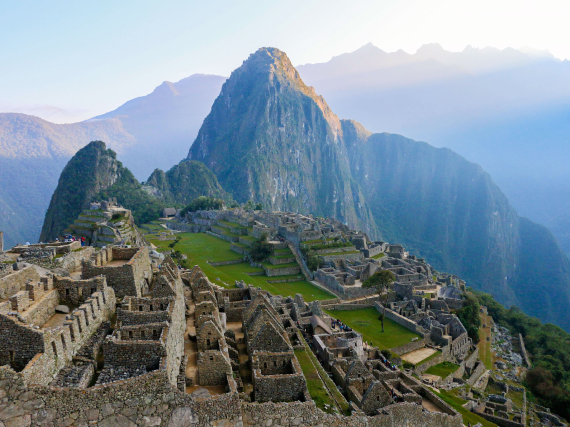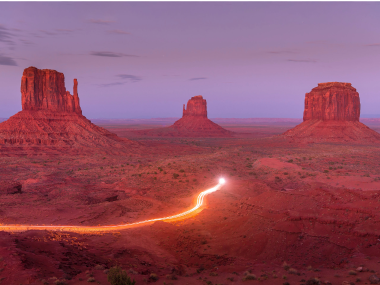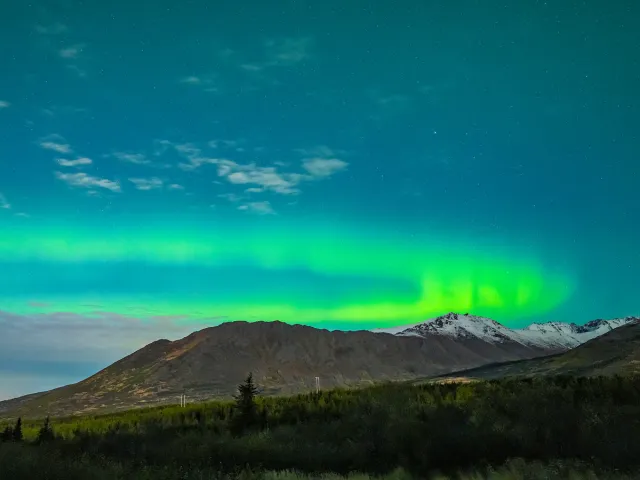In medieval times, movable drawbridges constructed over moats meant that castles and other fortifications could be defended in case of attack. Today’s kinetic architecture, in which buildings incorporate moving elements, is often as innovative as it is imaginative, particularly in those cases where it relies on groundbreaking technology to achieve movement. Some of these dynamic buildings even adapt in response to external stimuli such as sunlight or precipitation to be more climate-efficient. Discover six of the world’s most interesting examples of kinetic architecture — buildings that actually move.
Milwaukee Art Museum – Milwaukee, Wisconsin
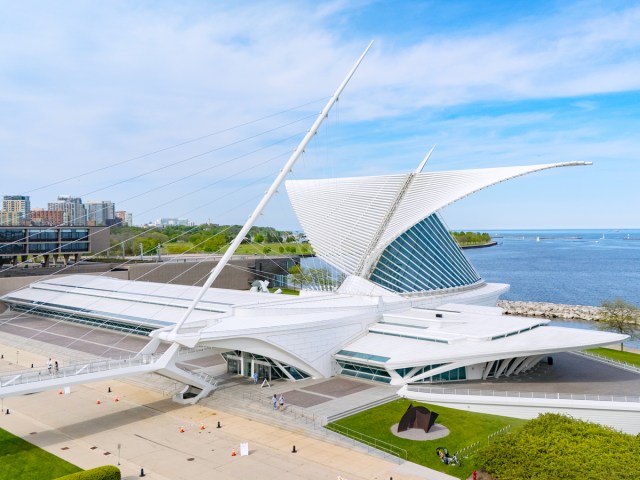
The Milwaukee Art Museum has expanded over time, and perhaps its most fascinating addition was the building designed by Spanish architect Santiago Calatrava. The Quadracci Pavilion opened in 2001 alongside existing buildings designed by two other legendary architects, Eero Saarinen and David Kahler.
The 90-foot-tall pavilion consists of a prominent gallery that protrudes like the bow of a ship and a cabled footbridge intended to resemble a sail. But it is the Burke Brise Soleil, a sunscreen spanning 217 feet across, that is its most distinctive feature. Movable steel blinds unfold as the museum opens; they flap at midday and fold up at 10 p.m. To ensure the structure remains stable, integral sensors close the sunscreen if wind speeds exceed 23 mph.
The Sliding House – Suffolk, England
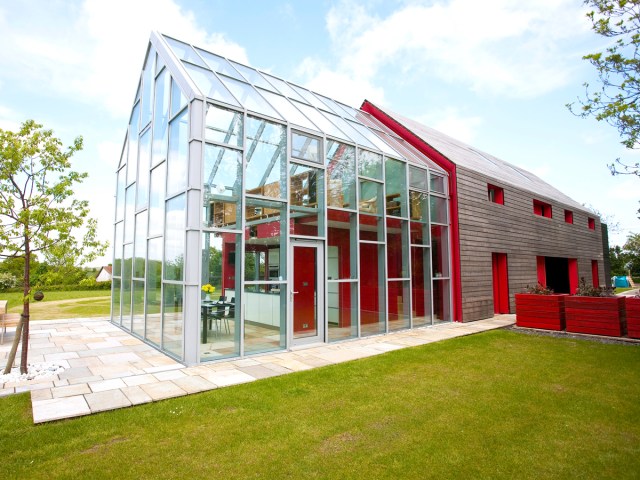
Configuring the layout of a home so that it works for the occupants’ changing needs can be a tricky process. For instance, outdoor spaces envisioned for summer entertaining may be redundant during the colder months, wasting their potential. But what if the house could move so that it altered its shape to accommodate such changes?
In the case of the Sliding House in Suffolk, designed by Alex de Rijke of dRMM Architects in 2009, that’s exactly what happens. With the help of concealed electric motors, a larch-clad skin slides over parts of the house to cover (or reveal) an aluminum-framed glasshouse and open courtyard. This clever retractable roof can be utilized to shield spaces from the heat of the sun and also provides additional insulation when necessary.
Campus Kolding – Syddansk Universitet, Denmark

The University of Southern Denmark’s Campus Kolding building boasts impressive eco-credentials, claiming to use around 25% of the energy needed for a traditional structure of equivalent size. It opened in 2014 and features an innovative solar shading system that helps to regulate the temperature inside the distinctive wedge-shaped building.
Sensors measuring heat and light levels power 1,600 triangular steel shutters, enabling them to be opened and closed according to the conditions. Even when shut, perforations in the metal allow light to filter through. The campus building is the work of Danish architect Henning Larsen, who was also responsible for the Harpa Concert Hall in Reykjavik, Iceland.
Villa Girasole – Marcellise, Italy
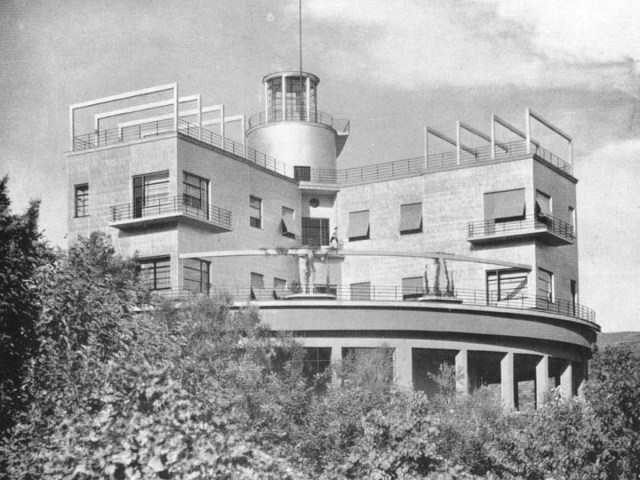
When railroad engineer-turned-architect Angelo Invernizzi decided to design himself a home near Verona, he drew an L-shaped building that would rotate around a central tower on circular tracks. He called it Villa Girasole, meaning “sunflower” in Italian, after the plant’s ability to turn its head to follow the sun.
Invernizzi believed that an abundance of sunlight could be beneficial to his health. He enlisted the help of fellow architect Ettore Fagiuoli, interior designer Fausto Saccorotti, and mechanical engineer Romolo Carapacchi to make his idea a reality. Construction began on this experimental property in 1931, and it took four years to complete.
The Falkirk Wheel – Falkirk, Scotland
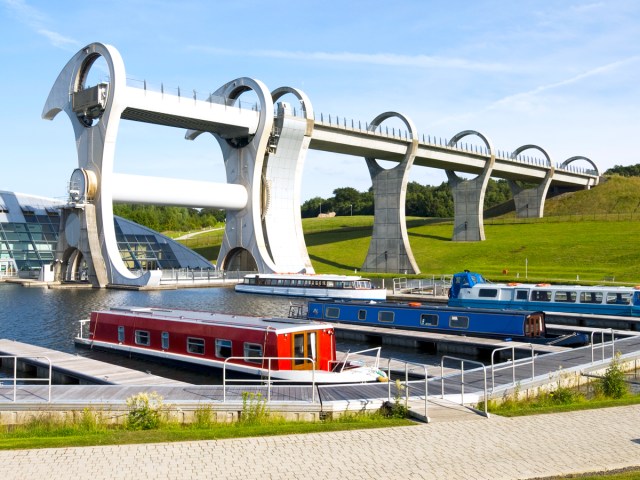
The Falkirk Wheel, the only fully rotating boat lift in the world, connects the Union Canal to the Forth and Clyde Canal in central Scotland. Traveling between this pair of waterways would once have involved navigating a staircase of 11 locks — a daylong process — but this cumbersome arrangement was dismantled in 1933, disconnecting the canals in the process.
In 2002, when the project was unveiled at a cost of £85.4 million ($107.3 million), it once again became possible to transfer between the two waterways. The design of the Falkirk Wheel was based on principles laid out by Archimedes: One end of each gondola rises as the other falls, and they carry barges to an aqueduct that sits 76 feet above the Forth and Clyde. The Union Canal is higher still, so two locks are required to raise barges up the final 36 feet to bring them to the correct water level.
Bund Finance Center – Shanghai, China
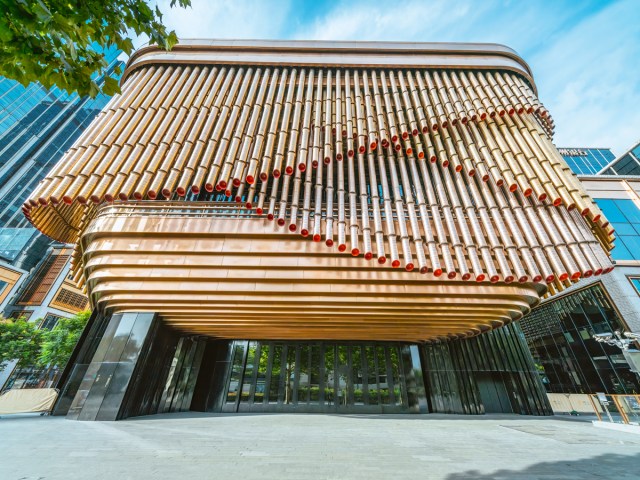
In 2010, award-winning architecture firm Foster & Partners joined forces with the equally talented Heatherwick Studio to create a new architectural icon to grace Shanghai’s famous waterfront thoroughfare. Three shimmering gold walls, whose metal pipe construction brings to mind a stand of bamboo, form the unusual façade of the Bund Finance Center, completed in 2017.
For several hours a day, each wall slowly moves along tracks powered by electric motors in a fluid movement, as if someone is drawing a giant set of curtains. Better still, they do so in time to music, adding an additional aesthetic element that delights those who gather to watch.
More from our network
Daily Passport is part of Inbox Studio, which publishes content that uplifts, informs, and inspires.

